Entertainment, and recreation with a new bathing facility 95 years ago
After a short break – I decided to once again delve into the series of the Gibraltar Directory and Guide Books. They are always very popular with our readers – and every time I do this, even though I have dipped into them a great deal and taken in a lot – which I have often shared with you here on Alice’s Table, I find there is always something new, something I have missed.
I first picked up the 1946 Directory which was back in circulation after six years when it had not been published because of WWII – from July 1940 to May 1945. The last Directory printed before the war had been in 1939. But the series of directories take us back to the 1800s – it then continued into the 1900s – and after that short break as a result of the war– the Editor’s note expressed its lack of depth having just come out of a war, and apologising for the “non-extensive” information available at the time and having to draw on the historical notes of the previous directory.
At the end of the war Gibraltar still had Consul representatives for the Argentine, Belgium, Colombia, Costa Rica, Cuba, France, Greece, Liberia, Netherlands, Norway, Peru, Portugal, Spain, Sweden, the United States of America and Venezuela.
It is interesting to note that those listed in the section of THE LEGAL PROFESSION only numbered 11. Only one SOLICITOR is listed. The list of MEDICAL PROFESSION included 20 – both private and doctors working in the Military Hospital. There were 10 DENTISTS listed – and heading the list is one Miss Elena Martinez of 6, Governor’s Street.
The Table of contents – addresses and names and residents begin with the Governor of the day – Sir Thomas Ralph Eastwood, with the Executive Council headed by the Governor, and followed by the Colonial Department. And although there are some local names included here – it is not until page 6 that the City Council of Gibraltar is listed – and where we begin to see the changes taking place locally immediately after the war – all local Councillors and very familiar names to us today headed by the late Sir Joshua Hassan who was the Chairman of the then City Council of Gibraltar (and which played a huge part in the repatriation of Gibraltarians in the years following the war), and which also included Baldorino, Alvarez, Chamberland, Ellicott, Giraldi, McGrail, Peliza and Proctor
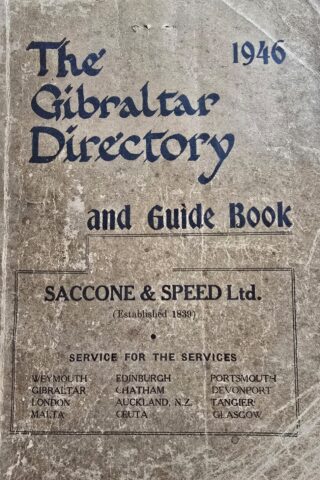

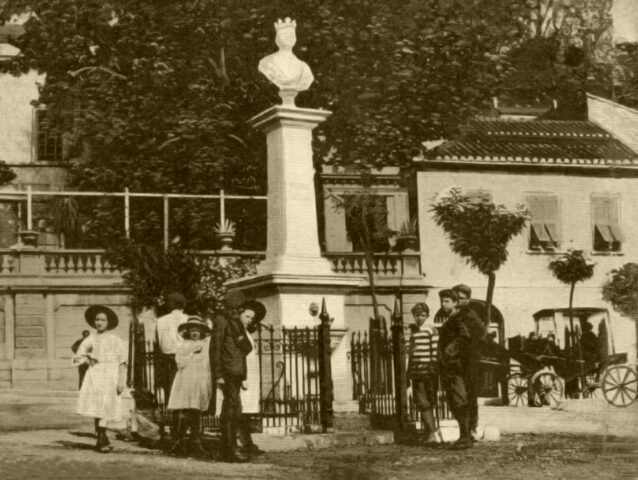
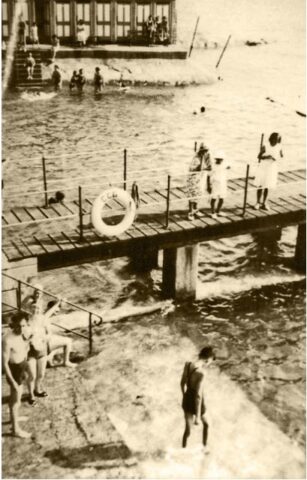
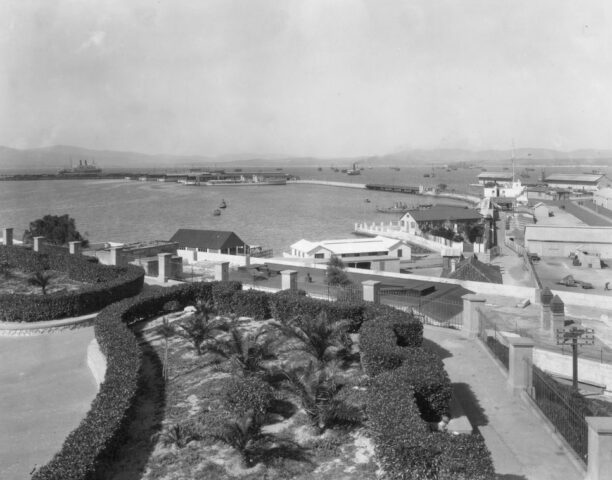
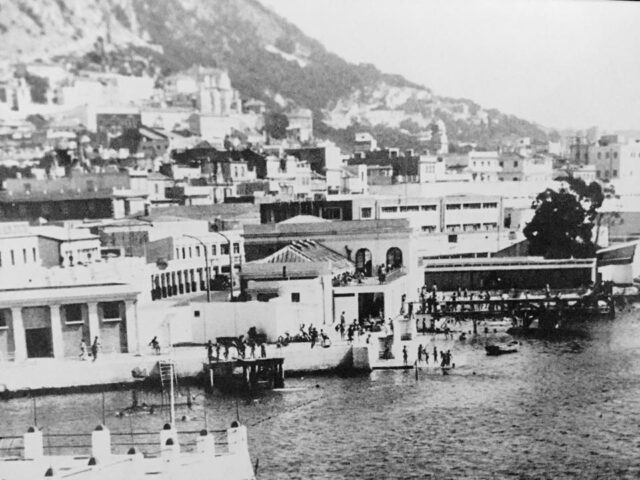
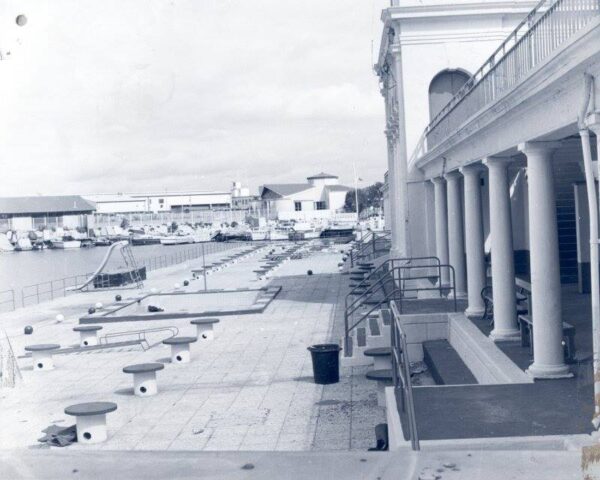
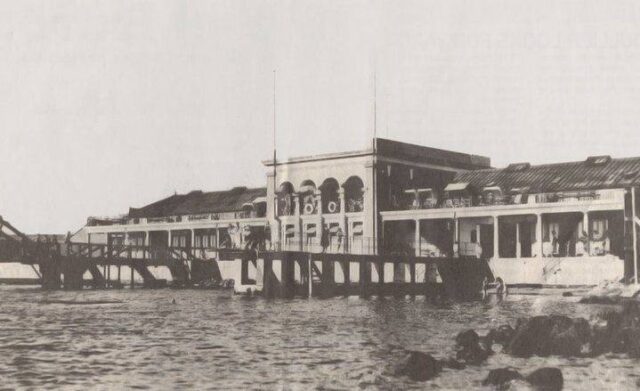
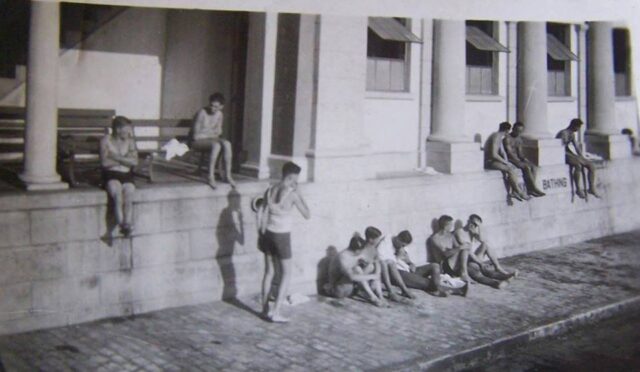
95 YEARS AGO
As I turn its pages I land on page 67 headlined PUBLIC MIXED SEA BATHING PAVILION, or the City Council’s MONTAGU BATHING PAVILION – and which was opened 95 years ago this year when the ‘pavilion’ took its name from Montagu Bastion opposite – in fact overlooking the Montagu Sea Bathing Pavilion. At the time there was another sea bathing establishment open to the public – the Calpe and Tarik Pavilions also on Reclamation Road. But this was not mixed.
I have never come across anyone who used the Montagu Sea Bathing facility – myself included – who does not have fond memories of this establishment. As many of you will know, this ‘pavilion’ would play a huge part in the social life of Gibraltar in the summer months for many years, and used by many generations of Gibraltarians. I was very young, but I remember the large entrance hall, the cold showers and rows of cubicles – the large doors – the separate changing rooms, and separate entries for men and women as we walked in. Outside the steps leading into the sea and swimming with my mum to the large raft in the middle of the sea area– always an accomplishment and which (probably wasn’t) but seemed so far away. I remember the ladies who run the place in a near military fashion – and the fact that one needed to behave.
The ‘pavilion’ was built because the authorities felt there was a lack of bathing facilities “for the civilian element of Gibraltar” and “more so since mixed bathing has been established all over the world”. The historical piece in the 1946 Directory notes that May 15 that year (1930) was a date worthy of remembering as the Governor at the time Sir Alexander Godley “performed an opening ceremony of the most up to date and hygienic sea bathing establishment, which enabled families to bathe in the same waters and not to be divided”. And at the opening ceremony on May 15 1930, Lady Godley, who accompanied her husband Governor Godley – and these notes of flower presentations always surprise me, and the importance given to them in these historical notes (I do not think we would give it that importance today) – “… Lady Godley… was presented with a lovely bouquet of flowers, by Miss Tomlison, daughter of the Chairman of the City Council”. The Montagu Sea Bathing Pavilion was designed to accommodate 200 bathers in cubicles at any one time – “one hundred for ladies and one hundred for gentlemen”. But according to the historical note the demand from its early days was great.
“… the demand has been such in the past seasons, especially from July to September, that many more cubicles would have been needed to meet the requirement”.
The rocky area which had once existed in the area in front of the ‘pavilion’ had a long history of being used for bathing in the summer months.
The ‘pavilion’ was designed by the then City Engineer, Mr. W.H. Pearce. The building and construction was carried out by his department – all under his supervision.
The Directory further adds: “Montagu Sea Bathing Pavilion establishment can be considered as one of good taste, all comfort, and a welcome attraction both to the inhabitants and visitors”. The original building cost £9,000 to build. It was constructed between 1929 and 1930.
It is interesting to note that from its early opening days light refreshments were allowed to be sold within its doors.
Then during the war years – when the bulk of the civilian population had been evacuated – it was used by the Military from 1939 to 1945.
I would have used the facility in the 1960s and 1970s (when it closed its doors), and I always remember it being packed. But we were beach goers and most of the time would have gone down to Catalan Bay. Let us remind ourselves that it was not demolished until the late eighties (some of it restored and protected) to then make way for the reclaiming of land from the sea – the major land reclamation for much needed housing.
LICENSED CLUBS
Any guesses for the number of LICENSED CLUBS in Gibraltar a year after the end of the war? Their list numbers 26 clubs – almost everywhere on the Rock. These included Sandpits Lawn Tennis Club at Sandpits, St Bernard’s Catholic Social Club at 85, Main Street, of course the Calpe Rowing Club then at Devil’s Tongue, of course the Gibraltar Garrison Library, the Casino Calpe, the Gibraltar Masonic Institute at Cornwall’s Parade – and the sporting clubs such as the Royal Gibraltar Yacht Club on Reclamation Road, the Gibraltar United Social and Athletic Club on Bomb House Lane, the Prince of Wales Recreation and Athletic Club at Horse Barrack Lane, and the Europa Recreation and Football Club in College Lane. The list includes a large number of military related clubs for both sporting activities and recreation.
LOCAL AGENTS
One advert caught my attention early into the Directory pages – J. LUCAS IMOSSI AND SONS – then steamship agents and general merchants’ insurance, and both commission and touring agents. They were also launch, lighter and water tank owners. But what surprised me the most and which suggests Gibraltar as a serious travelling base for owners of automobiles was that they were the official agents for: The Automobile Association of Great Britain, American Automobile Association, Automobile Touring Club of Greece, Touring Club de Belgique, Automobile Club de Suisse, both Touring Club and Yacht Club de France, and of course the Automovil Club de España. That would suggest a large interest locally in the motor industry.
ADVERTS
The adverts, as we have learnt in the past, from the Directory and Guide Books, always reveal a great deal of what was happening in Gibraltar – on the social front – the Rock was overflowing with entertainment establishments. Many performers and musicians would travel from Spain and beyond to entertain the still very large military personnel still on the Rock in 1946. Let us not forget that at the height of WWII there were 16,000 troops stationed locally who would have had limited access into Spain and for which entertainment needed to be provided. Hence, the setting up of the Gibraltar Drama Festival by the Military in 1944. We have featured the Victoria Hotel on these pages before. Situated on the Main Street this was a popular establishment and not just as a hotel and restaurant. It engaged “First Class International Artist and Orchestra” who would perform in a ‘Dancing Cabaret Show’ every day.
NOTES
19 January 1891: Very cold weather, water freezing the previous night to a thickness of 1.1/16 inches. Ice at North Front. One inch thick.
5 April 1891: Census taken today. Civilians 19,859. Military 5,896 – 25, 755 in all, and of which 14,588 were males.
4 July 1893: Extension of new Mole commenced.
2 March 1894: Branch of British Medical Association established.
22 April 1897: Electric Light was displayed for the first time on the Rock.
30 January 1900: A meeting at the Theatre Royal when it was decided to raise a local Volunteer Corps; over 700 desired to serve in the Corps. Though approved by the Home Government, the scheme remained in abeyance.
19 April 1900: 1,000 Spanish mules embarked on the S.S. Norfolk for South Africa.
24 May 1910: Empire Day celebrated by the unveiling of Queen Victoria’s Memorial at Gunners’ Parade.









